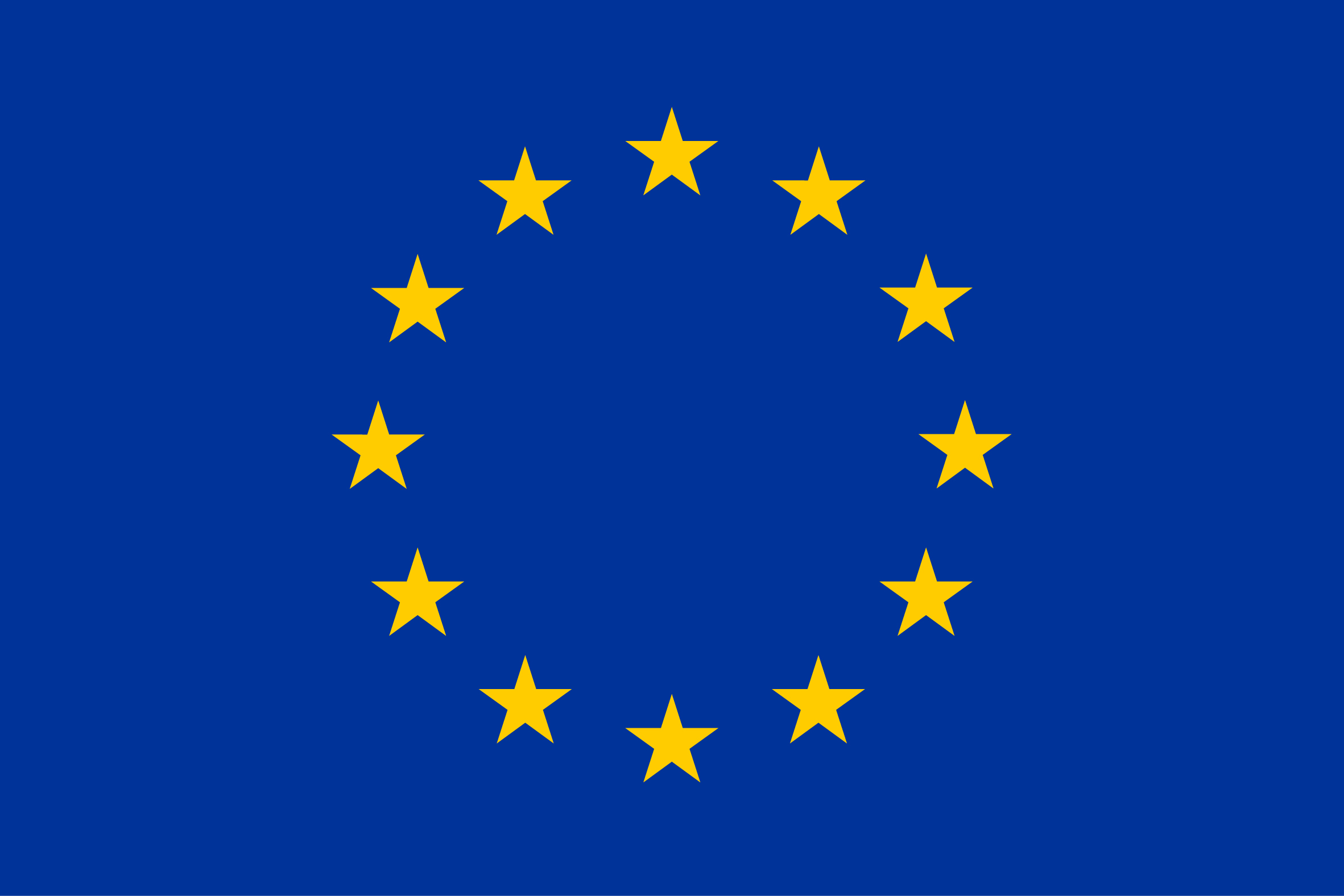No edit summary |
(Header Tabs edit through script) |
||
| (One intermediate revision by the same user not shown) | |||
| Line 1: | Line 1: | ||
[[Category:(NS)Ecology]] | [[Category:(NS)Ecology]] | ||
=General Information= | |||
{{Infobox | {{Infobox | ||
| Line 24: | Line 18: | ||
}} | }} | ||
===Description=== | |||
===Description | |||
The large fish indicator (LFI) is defined in broad terms as the proportion of total fish biomass of a defined suite of species sampled in a particular survey programme that exceeds a specified threshold length. It describes the proportion (by weight) of the fish community that is larger than some length threshold (40 cm for the North Sea). It provides a metric that can be related easily to a defined Ecological Quality Objective (EcoQO) based on a reference period when the fish community was considered to be exploited sustainably. | The large fish indicator (LFI) is defined in broad terms as the proportion of total fish biomass of a defined suite of species sampled in a particular survey programme that exceeds a specified threshold length. It describes the proportion (by weight) of the fish community that is larger than some length threshold (40 cm for the North Sea). It provides a metric that can be related easily to a defined Ecological Quality Objective (EcoQO) based on a reference period when the fish community was considered to be exploited sustainably. | ||
| Line 32: | Line 25: | ||
<sub>Source: Shephard, S., Reid, D. G., & Greenstreet, S. P. R. (2011). Interpreting the large fish indicator for the Celtic Sea. ICES Journal of Marine Science, 68(9), 1963–1972.</sub> | <sub>Source: Shephard, S., Reid, D. G., & Greenstreet, S. P. R. (2011). Interpreting the large fish indicator for the Celtic Sea. ICES Journal of Marine Science, 68(9), 1963–1972.</sub> | ||
===MSP Challenge=== | |||
===MSP Challenge | |||
The Shannon Diversity Indicator a month-by-month, computer generated data layer following calculations made by the ecosystem simulation (EwE). | The Shannon Diversity Indicator a month-by-month, computer generated data layer following calculations made by the ecosystem simulation (EwE). | ||
=Additional Information= | |||
'''IN THIS TAB EXTENDED CONTENT IS PLACED''' | '''IN THIS TAB EXTENDED CONTENT IS PLACED''' | ||
=Visuals= | |||
'''ON THIS TAB VISUAL CONTENT IS PLACED''' | '''ON THIS TAB VISUAL CONTENT IS PLACED''' | ||
=Meta Data= | |||
===Retrieved from=== | |||
N/A | |||
===Description=== | |||
N/A | |||
</ | <headertabs /> | ||
Latest revision as of 20:09, 17 November 2020
This page was last edited on 17 November 2020, at 20:09. Content is available under GPLv3 unless otherwise noted.
 Co-funded by the European Union.
Co-funded by the European Union.